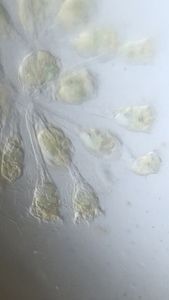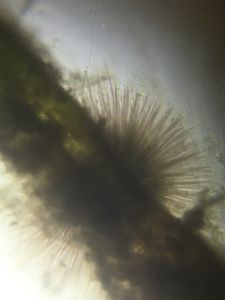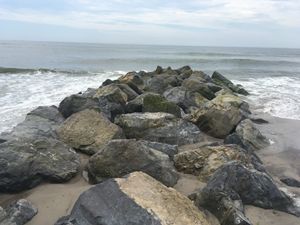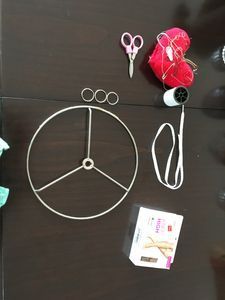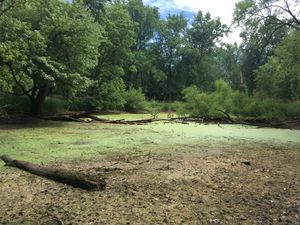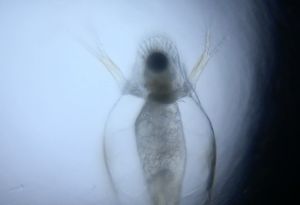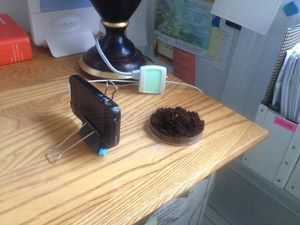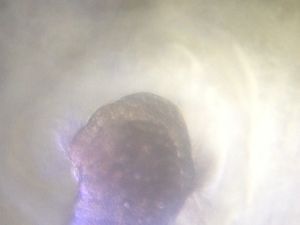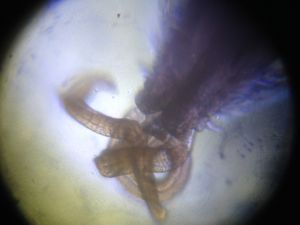The Clam Shrimp
 Jan 28, 2016 • 7:52 PM UTC
Jan 28, 2016 • 7:52 PM UTC Unknown Location
Unknown Location 140x Magnification
140x Magnification Microorganisms
Microorganisms
Matthew Rossi
I'm a novelist, essayist, and a writing consultant. I work in the writing centers at Columbia and Baruch University and explore research into the overlap of maker cultures and writing. My work with the Foldscope tends to focus on finding wild creatures in urban spaces and looking at how human works are shaped by the movements of the biosphere.
40posts
105comments
4locations
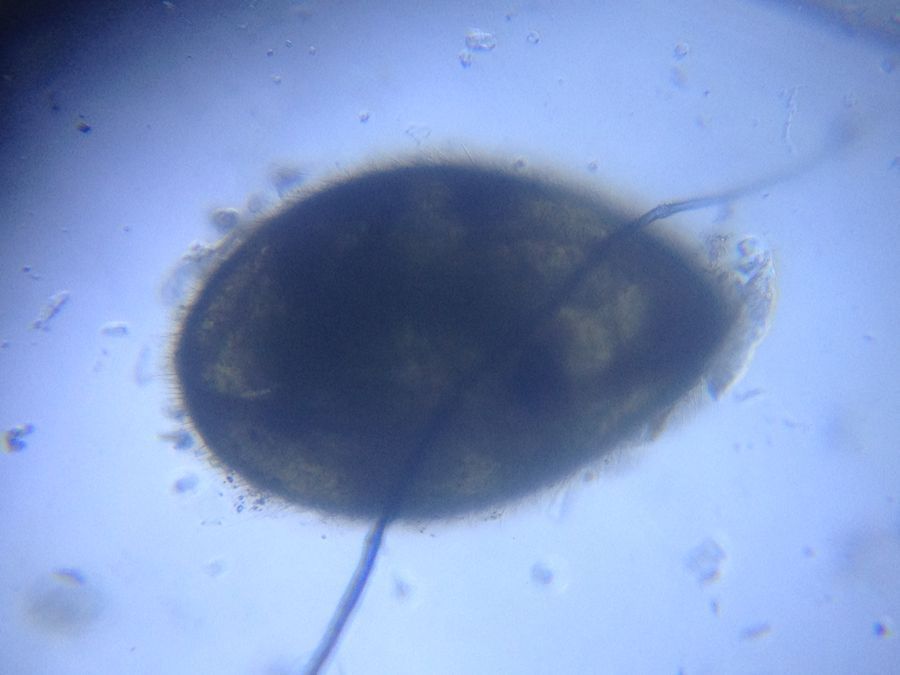
In the early summer, my favorite hunting ground for new creatures to look at was the Brooklyn Botanical Garden. Although it is a constructed space, an artificial nature in the city, I found the creeks and the puddles, and even a knot in a tree, teeming with life. The usual bugs and ciliates and copepods, naturally abounded, but so did other things I never would have believed existed.
On an early expedition, I walked out of the gardens with a cup full of creek water and, once home, noticed that the sand seemed to be swimming around. I assumed I had caught some water beetles and was delighted to look at them.
This is what I saw:
On an early expedition, I walked out of the gardens with a cup full of creek water and, once home, noticed that the sand seemed to be swimming around. I assumed I had caught some water beetles and was delighted to look at them.
This is what I saw:
Immediately I called to my partner and gleefully informed her I had caught some manner of predatory freshwater clam. To her great credit, she took this news in stride.
Since then, I’ve learned that what I found was not a clam, but a clam shrimp. Not a mollusc, but a crustacean. One whose carapace has spread to form a sort of bivalve shell around it.
Subsequent hunting revealed that often when I wasn’t sure what a speck moving around in a cup of water was, it was a clam shrimp. They were everywhere, and came in different forms. Here’s one I caught in an artificial pond at my dad’s house (you can see the shrimp body hovering there under the translucent shell):
Since then, I’ve learned that what I found was not a clam, but a clam shrimp. Not a mollusc, but a crustacean. One whose carapace has spread to form a sort of bivalve shell around it.
Subsequent hunting revealed that often when I wasn’t sure what a speck moving around in a cup of water was, it was a clam shrimp. They were everywhere, and came in different forms. Here’s one I caught in an artificial pond at my dad’s house (you can see the shrimp body hovering there under the translucent shell):
The clam shrimp is an ancient creature. The fossil record has them existing in some form or other since the Devonian period. Which is to say they existed since before land plants as we know them. And here they stay, right under our noses. Swimming around in virtually every lake imaginable.
Sign in to commentNobody has commented yet... Share your thoughts with the author and start the discussion!
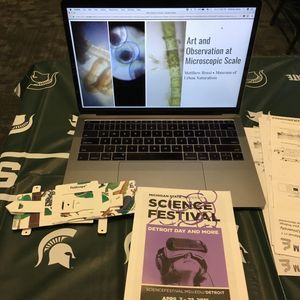
 0 Applause
0 Applause 0 Comments
0 Comments




